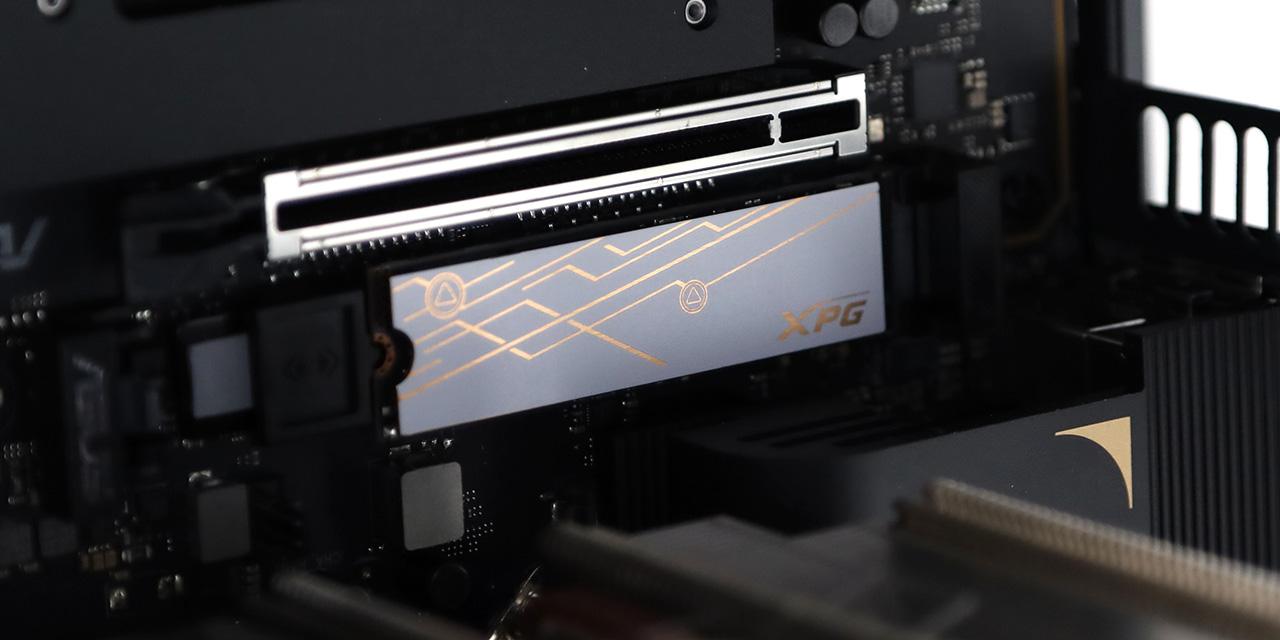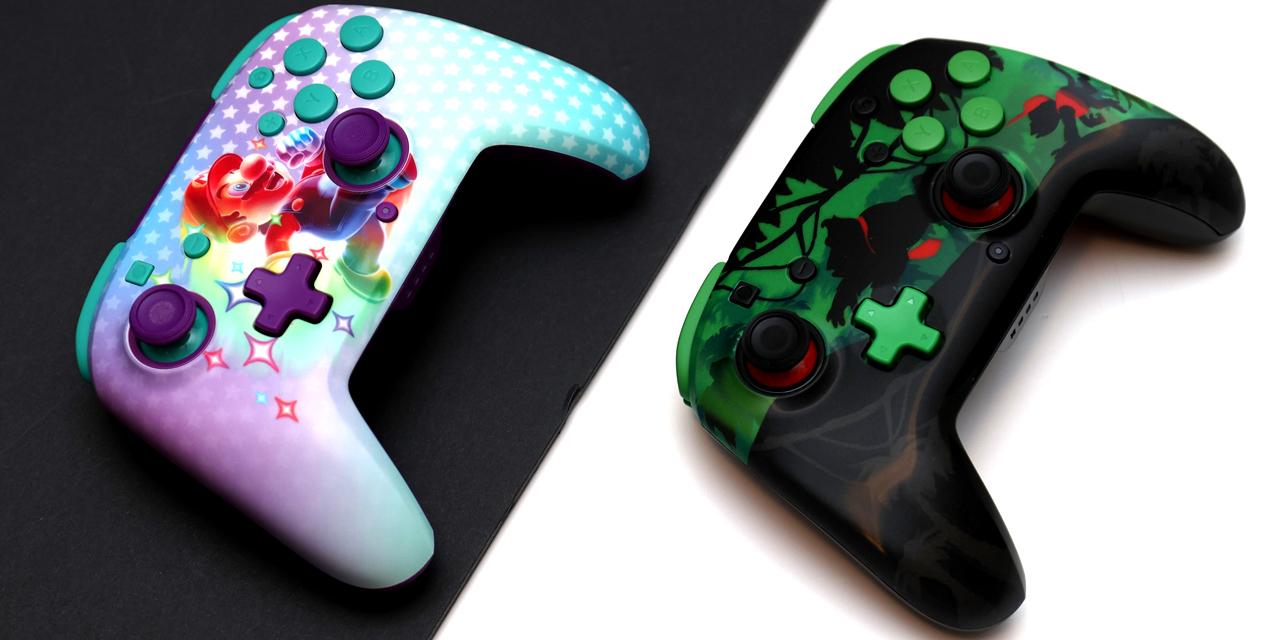|
From X-bit Labs: Advanced Micro Devices reaffirmed on Friday that the so-called accelerated processing units (APUs) – the chips that combine x86 processing cores along with graphics/stream processing engines – will eventually find their place on the market of servers. However, such chips will only be available in years since the lion’s share of server software cannot take advantage of computing capabilities of graphics processing units (GPUs). “I believe the push for an APU within servers is still to come. It is something AMD is committed to delivering in the years ahead and when the time is right, more info on Fusion APUs for servers will come,” said John Fruehe, the director of product marketing for server/workstation products at AMD. Presently AMD offers Opteron microprocessors along with FireStream compute processors for high-performance computing (HPC) industry. For example, the current No. 7 cluster – Tianhe – in the Top 500 Supercomputer list is run on Intel Xeon 5500-series CPUs as well as ATI Radeon HD 4870 X2 stream processing boards. Moreover, the world’s second most powerful supercomputer – Nebulae – is based on Intel Xeon 5600-series chips and is boosted by Nvidia Tesla C2050 compute accelerators. Still, the globe’s most powerful supercomputer – Jaguar – features Cray XT5-HE nodes powered by “traditional” six-core AMD Opteron 2.60GHz. Clusters like Nebulae or Tianhe have specialized software for the GPU to run parallel math operations that assist the CPU in decoding instructions and solving large computing problems. This is an example of where an application has been recompiled. The need to recompile the application is one reason why heterogeneous computing for servers is still to come. It took a long time to transit to 64-bit computing after AMD introduced its Opteron chips in April, 2003, and it will also take a long time before software makers learn how to use exceptional stream processing capabilities of modern GPUs, such as ATI Radeon HD 5000-series or Nvidia GeForce Fermi-series. View: Article @ Source Site |
 |
AMD Reaffirms Plans to Develop Fusion Processors for Servers
© Since 2005 APH Networks Inc. All trademarks mentioned are the property of their respective owners.





